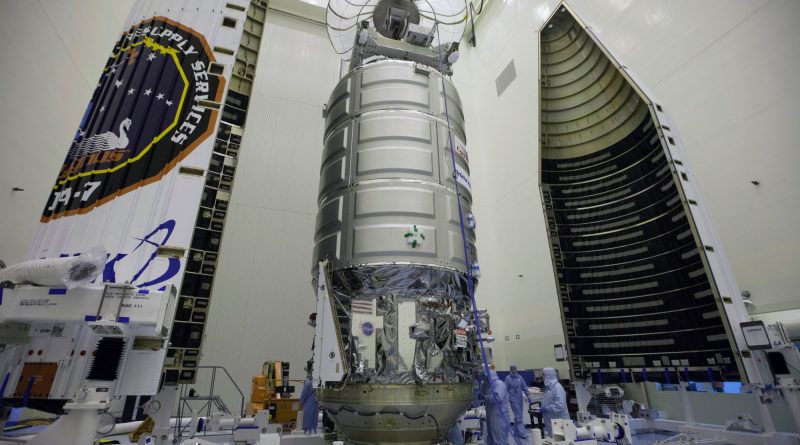Repeatedly-Delayed Cygnus Cargo Mission cleared for Liftoff after clean Launch Readiness Review
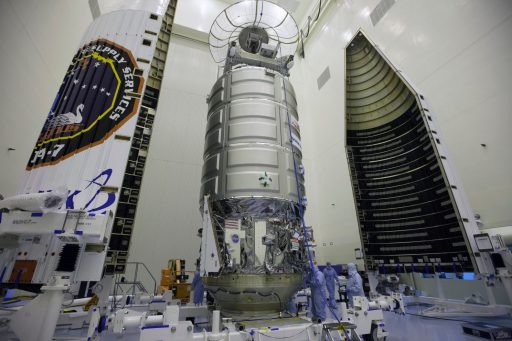
The repeatedly-delayed launch of Orbital ATK’s seventh operational Cygnus resupply mission to the International Space Station has been cemented for next Tuesday after launch services provider United Launch Alliance completed a clean Launch Readiness Review on Saturday, clearing the Atlas V rocket to proceed into final preparations for launch.
Cygnus OA-7, named the S.S. John Glenn in honor of the late NASA Astronaut & member of the Mercury 7, is targeting liftoff at 15:11 UTC on Tuesday, the opening of a 30-minute launch window. The Atlas V rocket will be in action for 20 minutes to lift the 7,200-Kilogram spacecraft into a Low Earth Orbit from where Cygnus will link up with ISS next Saturday, staying clear for Thursday’s planned Soyuz launch and docking with a two-man crew.
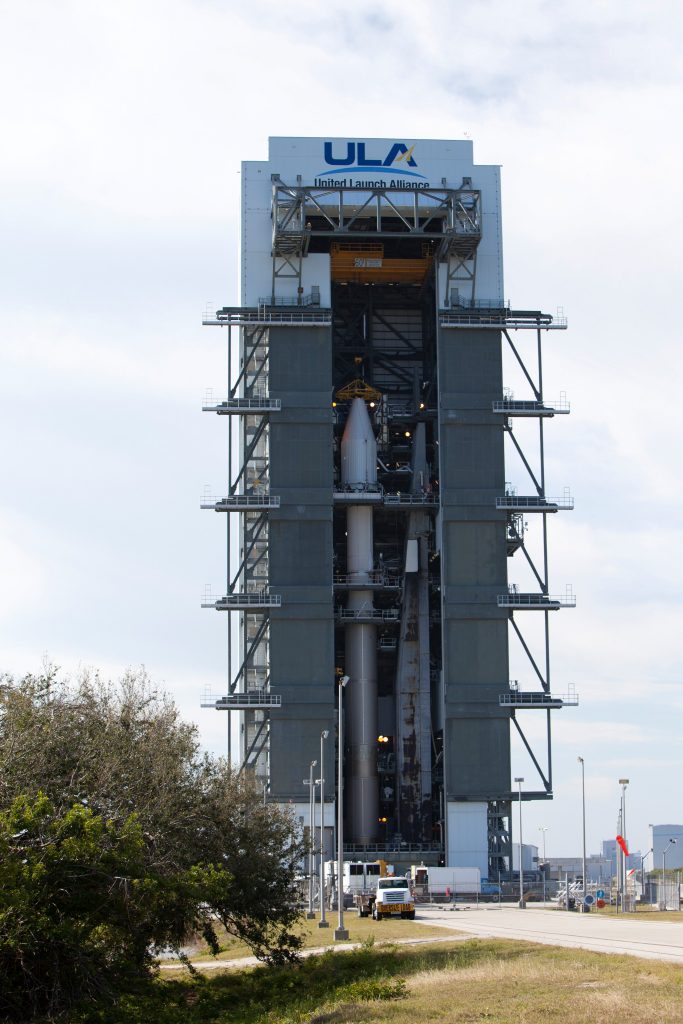
This is the third Cygnus mission to utilize the Atlas V – the ULA workhorse lifted the OA-4 and OA-6 missions into orbit in late 2015 and March 2016 to bridge a gap in Antares flights following the dramatic launch failure on the Orb-3 mission in October 2014. Antares was re-fitted with new engines and successfully returned to flight with the OA-5 mission last October; the OA-7 mission was originally planned to fly on the upgraded Antares.
NASA and Orbital ATK decided in late 2016 to switch the OA-7 mission over to the Atlas V to take advantage of its additional power to send more cargo to ISS and count on the rocket’s schedule certainty to ensure the Cygnus freighter arrives on time. There was a strong desire to maximize cargo upmass for the first half of 2017 to put ISS in a good position for a busy period of science operations in the second half and heading into 2018 with an extra pair of hands on the U.S. Segment.
To that end, Atlas V chosen as the best option to increase the mission’s cargo upmass by another 300kg over Antares and Atlas was also seen as having a higher probability of launching on time.
The change from Antares also allowed Orbital ATK’s workforce some breathing room after a very busy return to flight effort in 2016. Teams worked long hours to get Antares ready for flight, implementing changes on the rocket after a May 2016 hot-fire test ahead of pressing into the first launch campaign with the 200-Series vehicle. Moving forward, Cygnus will move back to the Antares rocket that will fly out Orbital ATK’s remaining manifest under the first round of Commercial Resupply Services contracts.
Cygnus OA-7 marks the first mission secured by Atlas V through United Launch Alliance’s new RapidLaunch initiative that permits repeat missions to be integrated in a period as short as three months.
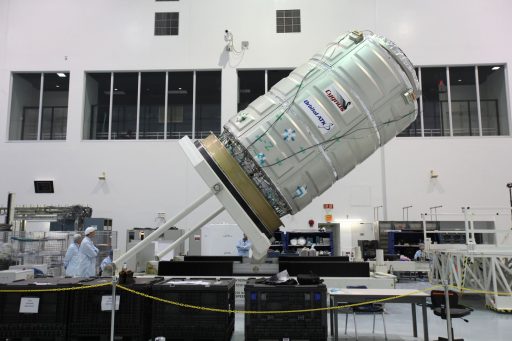
The OA-7 mission had a slightly bumpy road to launch, initially targeting a March 16 liftoff from Florida’s Space Coast. Hardware started arriving at the Kennedy Space Center in mid-January, taking up residence at the Space Station Processing Facility where the Pressurized Cargo Carrier received its initial cargo load and the Service Module was prepared for fueling before the two were mated to complete the Cygnus stack.
Cygnus was shipped to the Payload Hazardous Servicing Facility in late February where the spacecraft was fueled for flight, received its external CubeSat deployer on Feb. 28 and went through several days of late cargo loading March 4 through 6. The spacecraft was then encapsulated in the protective payload fairing for installation on the Atlas V.
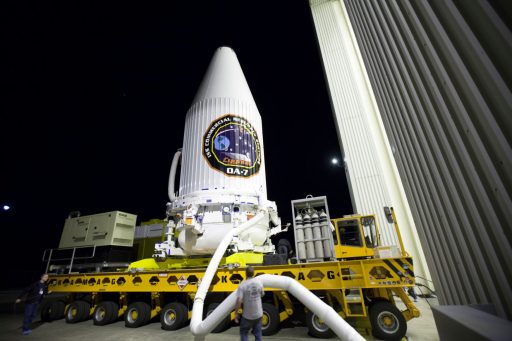
The Atlas V rocket began taking shape on February 22, starting with the installation of the Common Core Booster first stage on the Mobile Launch Platform before the trusted Centaur Upper Stage – already integrated with its aft and forward adapters – completed the two-stage stack. To lift Cygnus into orbit, Atlas V flies in its most basic 401 configuration, comprising a two-stage stack with the spacecraft sitting atop, protected by a four-meter payload fairing.
When Cygnus took its spot on its ride to space, the mission had already slipped to March 19 due to range availability.
Another slip occurred when engineers discovered a hydraulic issue within the Ground Support Equipment, pushing the launch to March 24. However, on the 22nd, a more serious hydraulic issue was found on the first stage of the Atlas V rocket and United Launch Alliance announced an indefinite delay. A hydraulic line on the vehicle had suffered a breach and extensive clean-up of hydraulic spillage was required in addition to replacement of the line and a full re-test of the CCB’s hydraulic system.
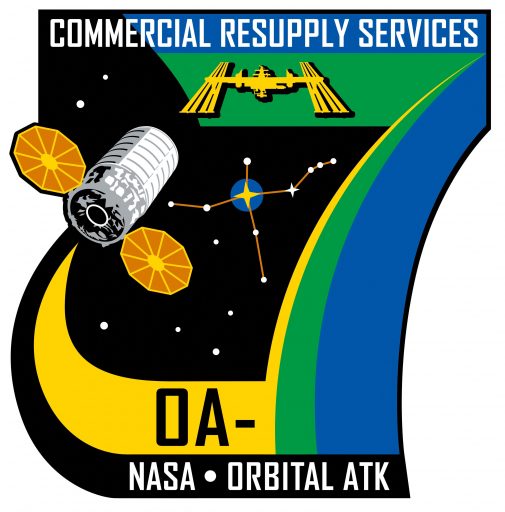
After the scope of recovery work was clear, ULA booked the Eastern Range for April 18 and 19 and Atlas V passed all pre-flight checks with satisfactory results. A System Certification Review on Friday led into the Launch Readiness Review on Saturday that discussed any open items that need closing before launch day. No red flags were identified and the green light was given for Atlas V to press into final launch preparations.
The 58-meter tall rocket is set for rollout on Monday, moving from the Vehicle Integration Facility over to the launch pad at Space Launch Complex 41 for a final day of preparations to set the stage for a seven-hour countdown on Tuesday. Atlas V offers a half-hour launch window for ISS missions, standing out among virtually all other rockets that only have windows of a few seconds up to five minutes. Using its RAAN-steering capability, Atlas V can maneuver back into the plane of the Space Station in the event liftoff occurs early or late in the window when the launch site will be out of plane relative to the Station’s orbital trek.
Powering away from Cape Canaveral with its Russian-built RD-180 engine, Atlas V will fly on a cost-hugging trajectory, departing to the north-east for a trip across the Atlantic Ocean. The first stage will burn for a little over four minutes before the Centaur upper stage fires up its RL-10 engine for a lengthy burn of 13.5 minutes, designed to lift Cygnus into a circular orbit of 230 Kilometers with a single upper stage burn.

Separation of the SS John Glenn is planned 20 minutes after launch, to be followed by a propulsive deorbit maneuver by Centaur 48 minutes into the flight to set up for the fiery demise of the upper stage. Cygnus is planned to unfurl its solar arrays one and a half hours into the flight followed by a series of orbital maneuvers over the course of four days to arrive at the Space Station’s doorstep on Saturday for a robotic capture at 10:05 UTC, marking the start of a two-month stay at the orbiting laboratory.
Cygnus is loaded with 3,459 Kilograms of cargo including 940kg of science investigations, 954kg of crew supplies and 1,215 Kilograms of vehicle hardware to keep ISS up and running as a world-class research facility. Cygnus is carrying a total of 38 CubeSats, four to be deployed from a canister affixed to the outside of the spacecraft while the remaining 34 will be deployed from ISS, including 28 satellites belonging to the QB50 project that sets out to deploy a loose constellation of CubeSats for measurements in Earth’s lower thermosphere.
The OA-7 mission is delivering the Advanced Plant Habitat, NASA’s largest plant-growth facility flown to ISS, implementing lessons learned from earlier experiments with the Veggie experiment. The Advanced Plant Habitat will be used for various studies to determine the best conditions for plants to be grown in microgravity, a criticality for future missions to distant destinations which will rely on plants as oxygen generators and crew food source.
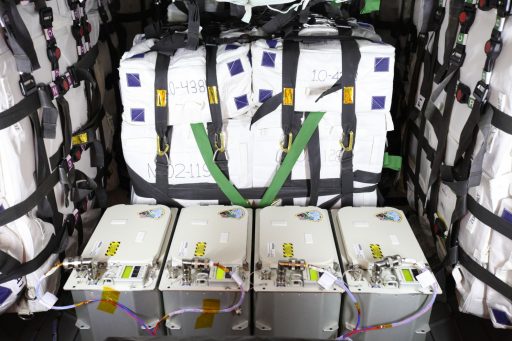
OA-7 also carries a soccer-ball sized device designed to collect data during the spacecraft’s re-entry at the end of the mission to help model how large vehicles disintegrate in Earth’s atmosphere. Known as RED-Data2, the device will also put to the test a pair of new heat shield materials to reduce risk for future use on crewed missions and uncrewed sample return capsules that could also be employed by ISS.
SAFFIRE-III, the third in a series of combustion experiments, will take place aboard the Cygnus OA-7 craft after departing the Space Station to study large-scale flame spread in the absence of gravity to help understand how fires can spread aboard a spacecraft. The first SAFFIRE experiment burned a large piece of fabric to study large flame front progression in space while the second experiment run assessed the flammability of a series of different materials. SAFFIRE-III will again light a large fabric piece on fire, but in different airflow conditions than the first iteration of the experiment to improve existing combustion models and enhance the safety of future crewed spacecraft.

